
It would be nice to have a huge mic locker to choose from, allowing you to audition many and select the perfect mic for any recording project. But that’s not practical for most of us. And if you’re just starting to build your mic collection and looking for maximum value, you’re probably wondering if just one microphone can handle all of your recording duties, including speech and vocals, amplifiers, and acoustic instruments. All microphones will have a sonic signature, but some mics stand out for their balanced tonality and ability to record a wide range of sources equally well. Let’s look at three outstanding workhorse microphones that can handle any recording task you will encounter in the recording studio, and we will help you in choosing a workhorse microphone for your home studio.
What to look for in a workhorse microphone
Before we look at specific microphones, let’s go over what makes a microphone a true workhorse. You’ll need a microphone that can handle high sound pressure levels (SPL) while also being sensitive to quiet sounds, allowing you to capture everything from a whisper to a scream clearly and without distorting the mic capsule. You’ll also want a microphone that has a relatively “flat” frequency response, with no obvious emphasis on any particular frequencies. While some of the best microphones in the world are prized for their unique frequency response and the frequencies they emphasize, that’s not what you want in a workhorse microphone. You will be choosing a workhorse microphone for a neutral sonic starting point to shape the sound of your productions from.

To sum it up, we’re looking for a microphone that picks up sound clearly at low levels, doesn’t distort at high levels, and has a flat response that doesn’t color or emphasize the tone of your recordings. And of course, you want that vibrant, three-dimensional sound you’d expect from a high-quality microphone.
With all that in mind, let’s look at three great workhorse microphones that will allow you to capture superior recordings in practically any application.
Shure KSM44A Multipattern Condenser Microphone
If you need to record everything from soft narration and acoustic instruments, to screaming rock vocals, loud drums, and guitar amplifiers, you’ll be impressed with the Shure KSM44A multipattern condenser microphone. It can handle incredibly high SPLs from loud sources like snare drums without distorting. The KSM44A’s ultra-low noise floor and advanced Class A electronics capture soft sounds with incredibly high fidelity, perfect for spoken word as well as quiet acoustic instruments like fingerstyle acoustic guitar. And the KSM44A’s flat frequency response captures sounds with no sonic coloration, allowing you to enhance sounds creatively with EQ any way you like.
The KSM44A packs other useful features that give you more options when recording. A switchable -15dB pad gives you even more headroom to record ultra-loud sound sources, while a three-position low-cut filter helps remove rumble and muddy low frequencies when required. And three selectable polar patterns greatly expand your recording capabilities, with your choice of omnidirectional, cardioid, and figure-8 configurations.
With the Shure KSM44A placed in front of an acoustic ensemble in omnidirectional mode, you can capture the full sound of the group without emphasizing any particular instrument. Put the KSM44A in cardioid mode about three feet high and six feet out from a full drum kit, and you’ll be surprised that you can capture a punchy, well-balanced drum sound with just one mic. And even if you were to record a full album with just this one mic, the KSM44A’s balanced frequency response means you won’t hear an obvious sonic signature developing as you combine your individually-recorded tracks.
Neumann TLM 102 Condenser Microphone
Neumann need no introduction as leaders in microphone technology, and they offer microphones that excel in practically any recording application you can think of. And for recordists that need the flexibility to record a wide range of sound sources with just one microphone, the Neumann TLM 102 condenser microphone is a stellar solution. Not only does the TLM 102 handle extremely high SPLs with no coloration or distortion, its ultra-fast transient response means you capture clarity and presence even from soft sound sources.
And the frequency response is exactly what we’re looking for, capturing the entire sonic spectrum in detail without undue emphasis on any particular frequencies. There is a slight lift in the upper midrange, which is broad enough to enhance clarity without making the mic sound unnaturally bright. In the end you’ll capture a full, well-balanced spectrum that takes well to creative shaping with EQ.
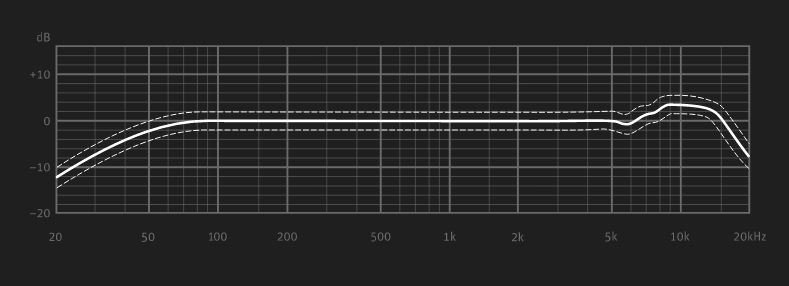

It’s also worth noting that the TLM 102 is amazingly small — you won’t realize how compact this mic is until you hold it in your hand. That’s a big benefit when it comes to microphone positioning, allowing the TLM 102 to fit in places and at angles that larger microphones cannot. You also don’t need a super heavy-duty mic stand to hold the TLM 102, whereas heavier microphones require the reassurance of a sturdier stand and probably a counterweight as well. In all, if you only had one microphone to work with in your studio, the Neumann TLM 102 would give you what you need to produce pro-sounding recordings for any project.
Slate Digital VMS ML-1 Modeling Microphone
Slate Digital designed the VMS ML-1 large diaphragm modeling microphone to have an exceptionally flat, uncolored frequency response to serve as a blank canvas for your sonic creations. That’s because it serves as the center piece of Slate Digital’s Virtual Microphone System, which gives you access to the sonic signature of dozens of legendary microphones (and mic preamps) from throughout recording history. We’ll touch on that shortly, but it’s important to know that the VMS ML-1 is an outstanding workhorse microphone in its own right.
The VMS ML-1 microphone leverages an ultra-lightweight mic capsule and advanced FET circuitry to capture sounds with the utmost detail and transparency. It creates the optimal starting point to further shape the sound of your project with EQ and other processing. From narration and foley to acoustic instruments and amplifiers, the VMS ML-1 is to designed to capture any source exactly how it sounds in the room.
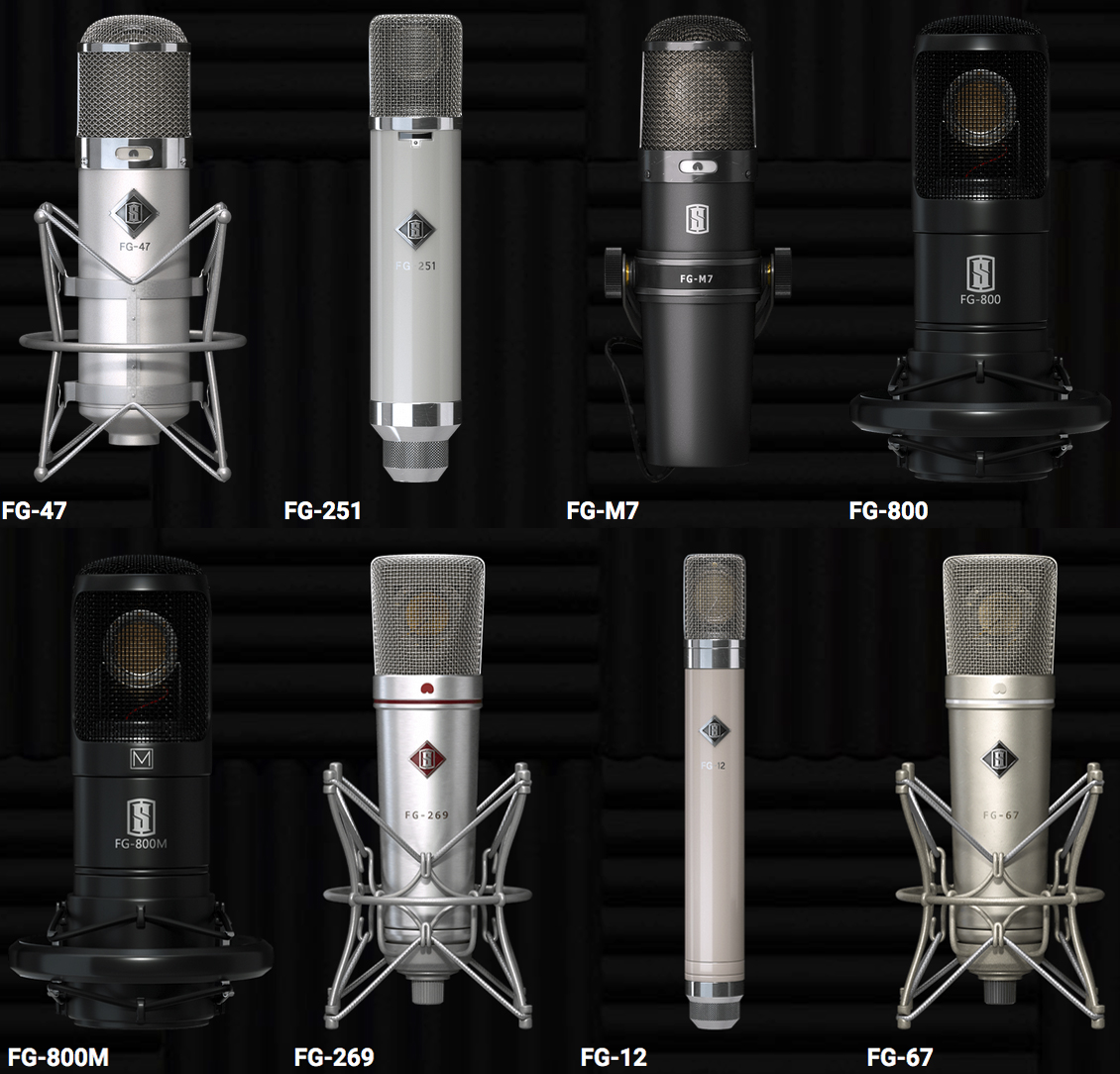
When you tap into the included VMS software, you now have a huge range of modeled microphones and microphone preamplifiers to apply to your tracks after you’ve recorded them in your DAW software. Experiment with the sound of vintage tube microphones, rare ribbon mics, legendary broadcast microphones, and classic studio preamplifiers that made countless hit recordings.
On its own, the ML-1 meets all of our needs as a workhorse mic, and then gives you the ability to tap into the sound of dozens of other mics and preamps if you want to with the VMS software. Whether you’re involved with content creation or music production, that’s a ton of versatility from a single microphone.
Get the most out of any microphone with an acoustic treatment
When choosing a workhorse microphone, remember that no matter what microphone you record with, the room you’re recording in will impart a little (or a lot!) of its own character to your recording. Acoustic treatment is an in-depth topic that goes well beyond the scope of this article, but beyond treating the walls and ceiling of your recording space, you can greatly enhance your recordings with a moveable acoustic filter.
Solutions like the sE Electronics Reflexion Filter X and the TASCAM TM-AR1 Acoustic Control Filter will help you achieve clearer, more focused recordings with any microphone in any room. These acoustic filters reduce excessive sound pressure created by the sound source from building up in the room, and also help prevent room reflections from making their way back into the microphone. By controlling the acoustics near the sound source, you’ll be able to get the best results from any microphone.
One mic to rule them all
If you’re just starting your microphone collection and looking for a workhorse mic that can handle any recording project you can imagine, you’d be well-served by any of the three microphones we’ve highlighted above. You’ll be able to capture sounds with pro-sounding detail and dimensionality, while giving you the neutral sonic starting point you need to further shape and polish your recordings. And even after you’ve acquired a versatile collection of different microphones for specific applications, any of the microphones mentioned above will continue to hold their own. Get one of the workhorse microphones listed above, and you’ll be amazed at what you can do with just one microphone.
Check out these informative articles related to this one:
XLR to USB: How to Connect a Mic to Your Computer, Smartphone, or Tablet
Choosing a DSLR Camera Microphone


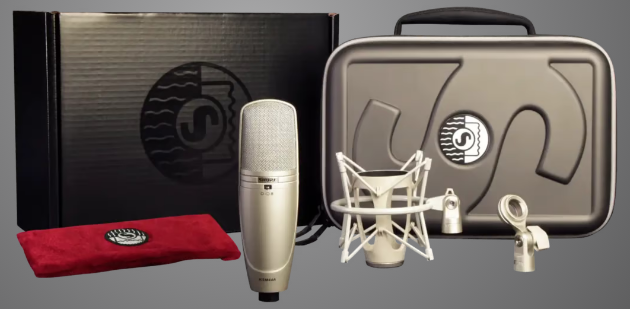
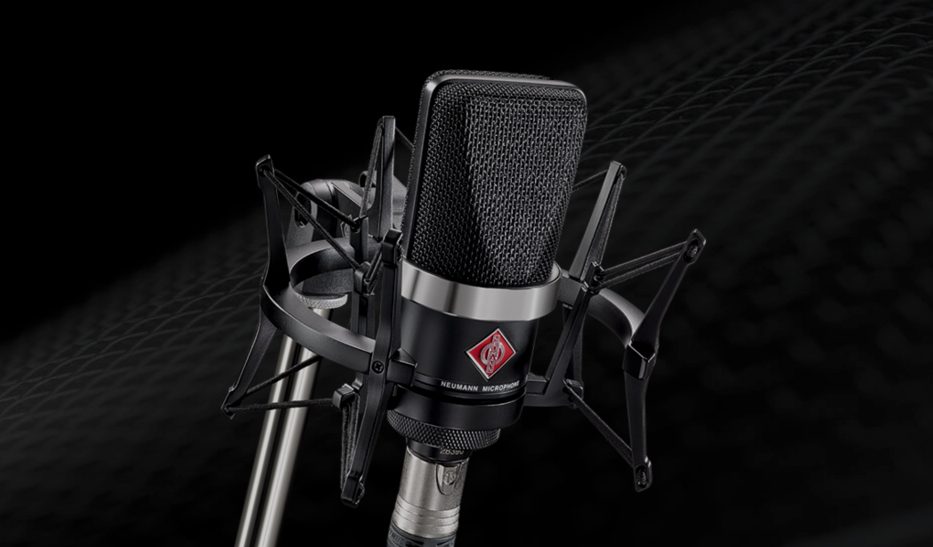
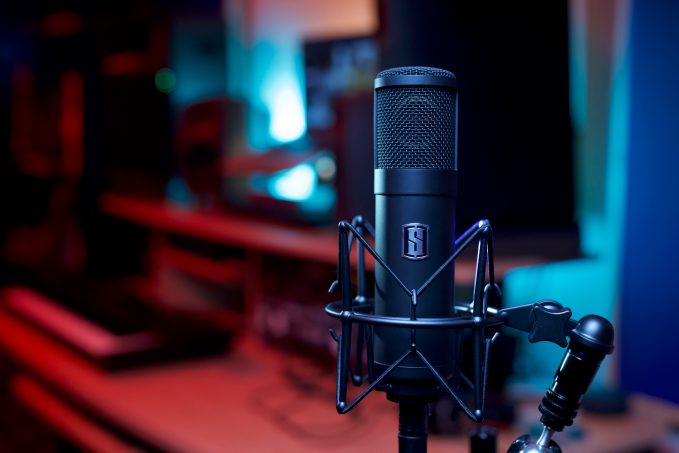
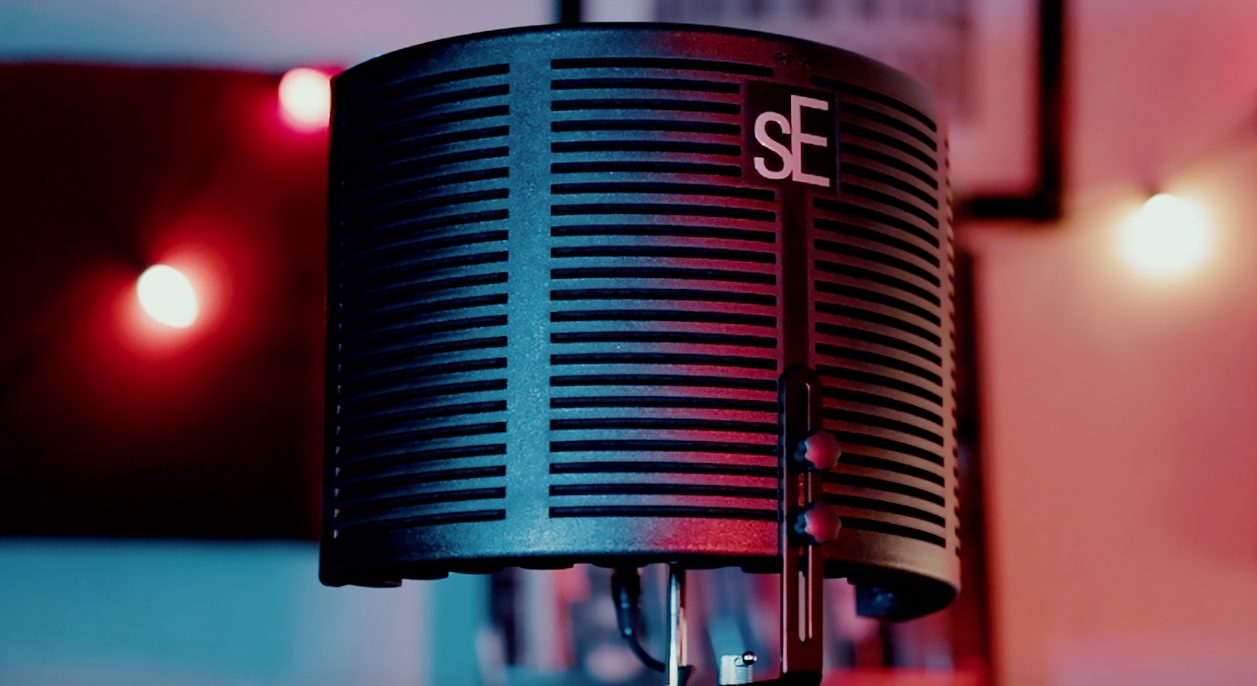

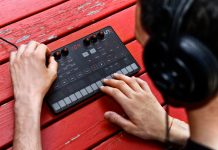

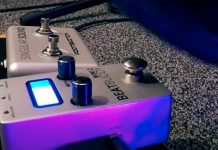
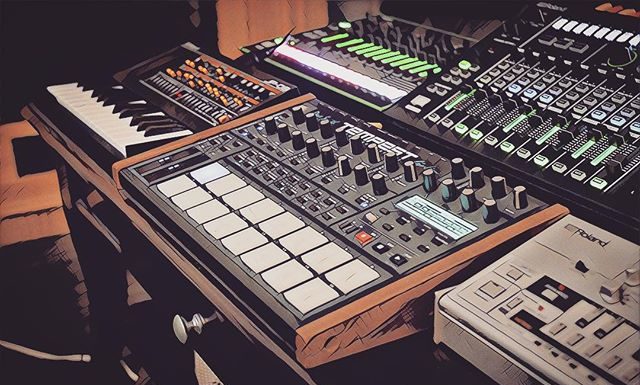
![5 Best Electric Pianos Under $1000 [Reviews & Buyer’s Guide] best electric piano under $1000: Casio PX160BK 88-Key Digital Piano](https://homestudiohub.com/wp-content/uploads/2020/03/null-15-80x60.jpeg)






